The UK’s top polluter wants to be its biggest renewable energy producer
NORTH YORKSHIRE—Twelve grey towers rise up from the fields of wheat and barley near the village of Drax in North Yorkshire. As you approach, the oak and ash trees that line the road briefly obscure the cooling stacks and their plumes of steam. Then you round a corner and there they are, looming over you, dwarfing everything around them, like a child’s illustration of a belching power station.
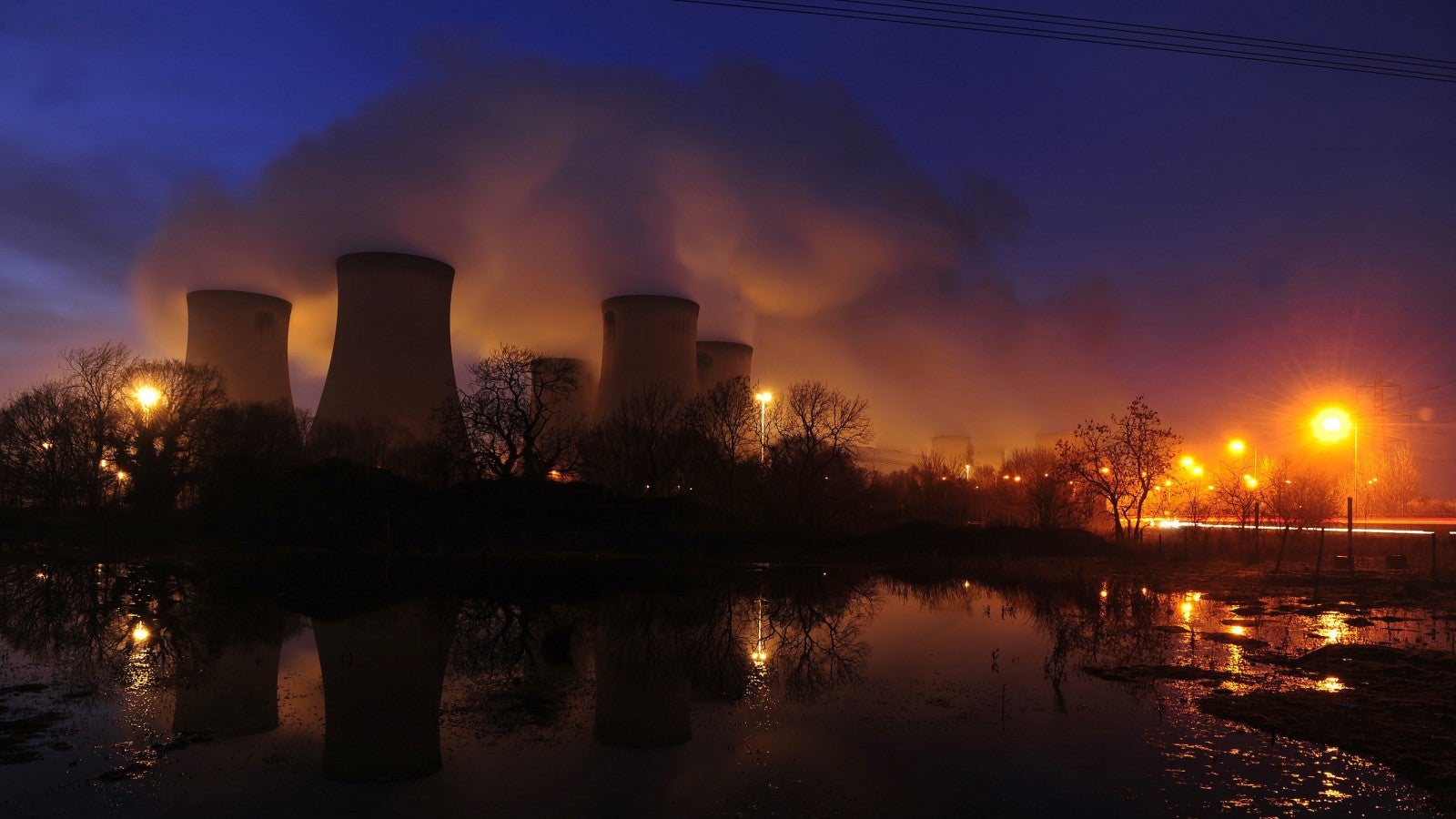

NORTH YORKSHIRE—Twelve grey towers rise up from the fields of wheat and barley near the village of Drax in North Yorkshire. As you approach, the oak and ash trees that line the road briefly obscure the cooling stacks and their plumes of steam. Then you round a corner and there they are, looming over you, dwarfing everything around them, like a child’s illustration of a belching power station.
But Drax, the biggest power plant in England, isn’t the coal-hungry beast it once was. Half of the plant continues to run on fossilized carbon, and the other half has been converted, in a multi-million pound project, to burn biomass—pellets made from wood. Drax is trying to ensure its survival by moving away from fossil fuel and towards a technology that, it says, is more sustainable. It didn’t have much choice. Tightening environmental legislation has been forcing coal-fired power stations across Europe to close.
Drax’s conversion, while allowing it to sidestep closure, has opened it up to a whole new set of pressures. For starters, no-one really agrees on how much carbon biomass actually releases, nor where and how it should be grown. Added to this are the swoops and swerves of government policy, as Britain and the EU struggle to cut emissions while fulfilling their energy needs. For now, biomass forms a huge part of the bloc’s plan to transform its energy sources, and Drax stands as Europe’s test-case for decarbonization. But there are no guarantees biomass will continue to command center stage. Its partial metamorphosis leaves Drax precariously balanced on the cusp of the old world, and what might turn out to be the new.
Big biomass
Superlatives, noted Pauline Butler, Drax’s encyclopedic head guide, quickly fail. She had stopped her car in front of a metal pipe that carries gas produced by burning coal to the part of the plant that strips out much of the harmful sulphur dioxide before it’s released into the atmosphere. But even the word “pipe” belittles a structure which, she says, is wider in diameter than the undersea train tunnel running between England and France. “You could easily get a Eurostar in there and still have head room,” says Butler, a former dairy farmer who has worked at Drax for the past 24 years. Everything about the plant is enormous.
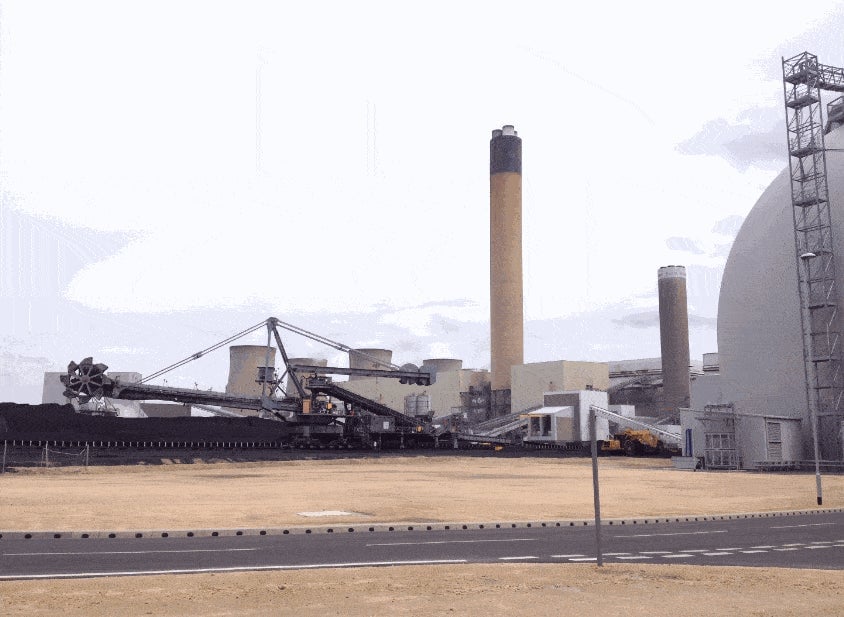
There are the cooling stacks. There are vast, diagonal casings connected to metal towers like parts of an industrial rollercoaster. The casings house 139 conveyor belts that feed the pulverizing mills, which grind fuel to a consistency “as fine as face powder” before it’s incinerated. There are pipes for powdered fuel, pipes for dust, pipes to channel water from the River Ouse to act as a coolant. There are six boilers. Each weighs 4,000 tonnes (4,409 tons) and is suspended from the roof of the giant building that houses it, because heating causes them to expand, contract, and sway, making them unsuitable to stand on the ground. There is a heap of coal, one million tonnes (1.1 million tons) in all (a third of what Drax used to store in its fossil heyday.) This is what it takes to provide power to close to a tenth of Britain.
And then there are the biomass domes. Biomass is the newest addition to Drax’s energy production process, and it’s brought with it big changes, including the construction of four storage domes that were created by inflating polypropylene sheathes—something like building-sized balloons—and then layering the insides with concrete. Each dome can hold 75,000 tonnes (83,000 tons) of wood pellets that are shipped mainly from America to nearby ports at Immingham, Hull and Port of Tyne, and delivered to Drax on purpose-built trains that run on its own private railway.
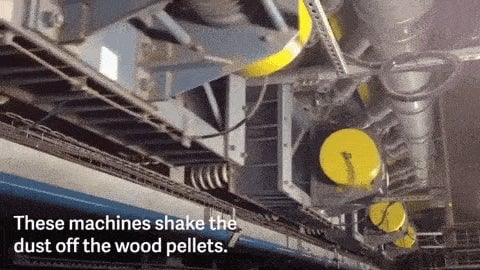
Two of Drax’s six boilers have been fully converted to burn biomass. A third is burning 85% wood pellets and making up the shortfall with coal while it waits for the necessary permissions from the European Commission for full conversion. Getting to this point has taken about 12 years of research and development—during which the company tried burning bushels of locally-grown elephant grass and willow before settling on wood—and three years of construction for the infrastructure to manage a new fuel that produces harmful, flammable dust and can’t be left out in the rain, as coal can. The bill thus far stands at £750 million ($1.2 billion). But the time, effort and money has yet to buy it any measure of certainty over its future.
Tipping point
Drax encapsulates most of the problems afflicting the West’s energy supply equation.
There’s the old world: Burning coal, to create reliable electricity. Such “baseload” production is seen as essential to powering a western lifestyle of constantly charging phones, cooled air, and boiling kettles. The power station has various fail-safes in place—like locating its control room far from its boilers—that would allow operators to remain at their posts even if a major incident occurred at the plant. It’s needed, and it knows it. It has huge lobbying power.
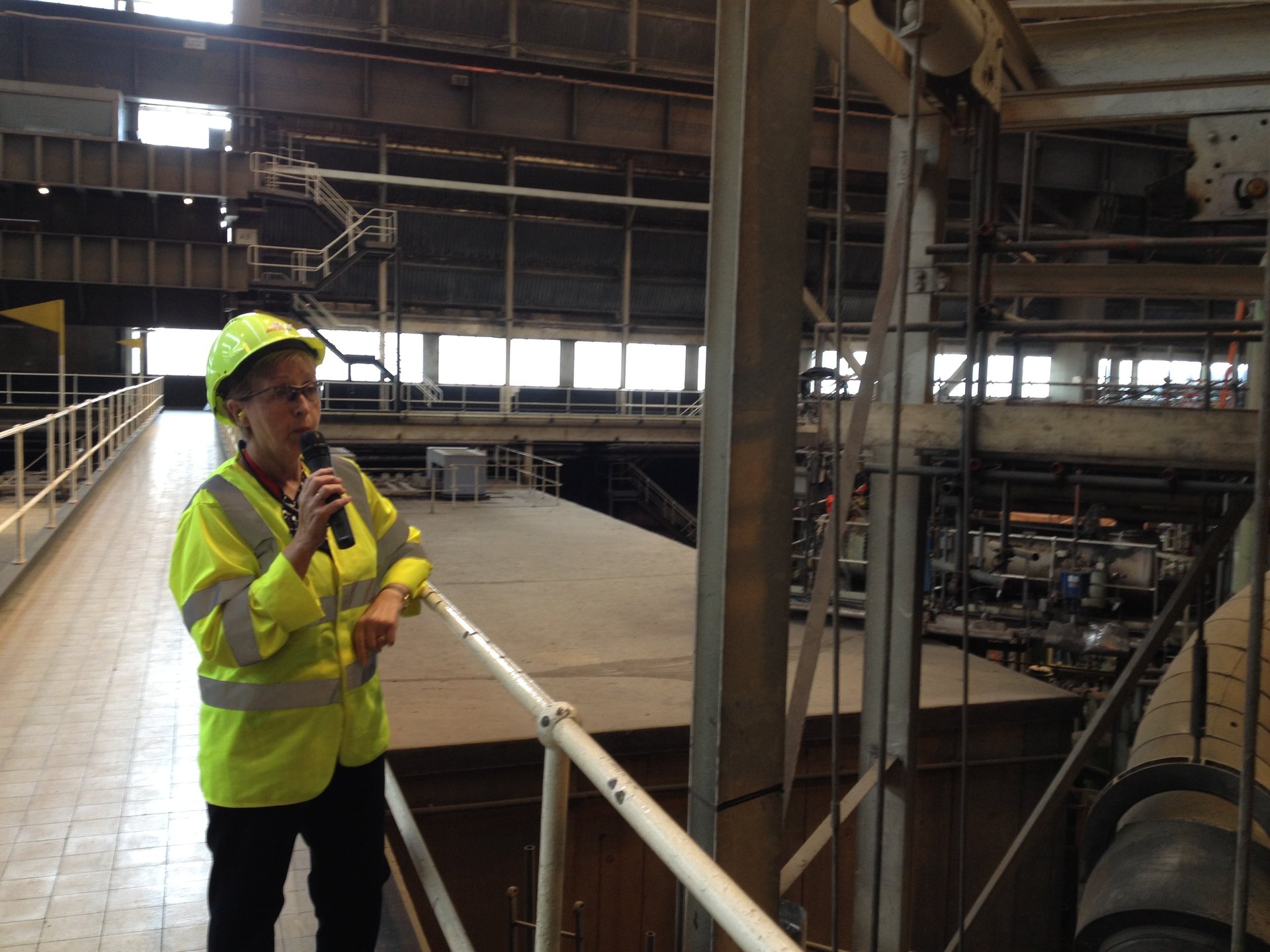
Coal combustion, meanwhile, causes massive harm to the environment. When it only burned coal, Drax was the biggest single emitter of carbon in the UK. It pumped over 20 million tonnes into the air each year, as well as all the other pollutants, like nitrous oxides, that come with burning coal. In 2008, a group of climate activists stopped one of its trains, and shoveled coal from the hoppers onto the track in an attempt to highlight the damage the plant was doing.
Then there’s the new world. Drax calls its switch to biomass “Europe’s single largest decarbonisation project,” (pdf, p6) one that makes is the “largest single renewable generator in the UK.” It’s a turnaround born of great pressure. Coal has found itself at the sharpest end of climate policy in western Europe.
But biomass is no garden of roses either. In theory, it’s enabled Drax to claim a massive reduction in carbon emissions. Critics say they haven’t shrunk, they’ve just become much harder to measure. Meanwhile, policy and subsidy chicanes have proved every bit as tricky to navigate as coal’s. Without the tax exemptions and other government support it’s received, the conversion project would have been a very bad economic decision.
What “sustainable” means
Scientists are still divided on the benefits and pitfalls of biomass, but one thing is clear: Drax will only save carbon if it sources its wood pellets using a set of strict criteria. The alternative could be more carbon emissions than coal, not less.
Here, Quartz would normally provide you with a chart. But even that is difficult.
So many factors have to be taken into account when working out the actual emission from burning biomass that scientists at the UK Department for Energy and Climate Change (DECC) created a calculator (pdf) to test out different scenarios. Everything from the use of sawmill shavings and other “residues” of forestry, like twigs and branches, to the chopping down of slow-growing forest and replacing it with faster-growing trees, was considered.
The results varied wildly. In the very best-case scenario, where material that would otherwise be burned at the roadside was made into pellets and shipped to the UK, greenhouse gas emissions could actually be negative, or very low: between -17 and 121 kilograms of CO2 emissions per megawatt hour of electricity. But in the worst-case scenario, emissions were almost five times higher than coal. This calculation counted the chopping down of slow-growing trees that would otherwise have remained standing, storing carbon, and replacing them with often-harvested pines.
With this in mind, here’s that chart:
The very idea of burning an organic material for energy is anathema to many. The Dogwood Alliance, a non-govermental group formed to protect forests in the southern US, contends that going back to burning wood for energy is a massive mistake. It notes that three fully converted boilers at Drax will consume 7.5 million tonnes (8.3 million tons) of pellets a year. “Once these investments are completed, Drax will require quantities of woody biomass equivalent to harvesting a forest four times the size of Rhode Island each year or more than the total wood harvest from all UK forests,” they say.
Indeed, four years after Drax committed to using wood pellets for fuel, the UK has become the biggest importer of wood pellets in the world, and Drax the biggest single importer in the UK. It needs so many wood pellets it has its own pellet mills in the US, and buys the rest from other companies. A 2014 Wall Street Journal investigation found that some older trees could be finding their way into the pellet supply chain. Most of its accusations focused on a company called Enviva. Enviva is still a supplier to Drax.
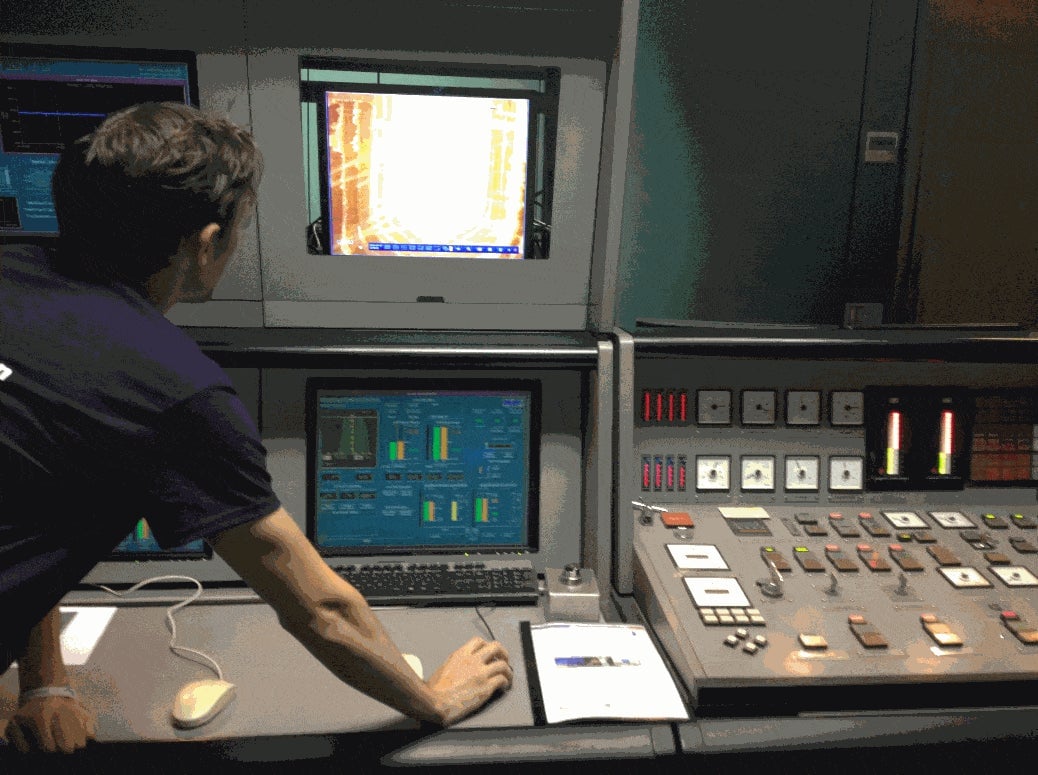
Andy Koss, CEO of Drax Power, says the company is “very confident that we’re sourcing sustainable biomass.” What does sustainability mean to them? “Principally, the forests that we’re taking our biomass from are actually growing more than is being harvested. The carbon cycle is preserved,” he said. The material used to make pellets is forest “residue”, including branches and twigs, that would otherwise go to waste. He said they do not burn wood from whole trees.
Biomass’s “carbon-neutral” status can only be ensured if enough trees are planted to absorb the carbon released not just from the burning, but from the production of pellets and their transportation halfway across the world by ship. In the US, Mr Koss said, forest cover has doubled over a period of around 50 years. “So, we believe we’re actually helping. I know it sounds counterintuitive at times, we’re actually helping to preserve forest as forest, by bringing economic value to some bits of the forest that would otherwise be burned by the side of the road, or would just be waste.”
A project is also in the pipeline which, if built, could eventually allow Drax to capture some of the carbon emitted, and bury it. Meanwhile, Drax does not have to buy carbon allowances for the biomass it burns, as it does with coal.
Hungry Europe
Europe’s Large Combustion Plant Directive came into effect in 2001. Its enactment in the UK means that coal power stations had to make themselves cleaner, or close.
But Europe needs baseload power, its commitment to carbon emissions reductions notwithstanding. As it struggles to meet its energy needs, the debate over the potential flaws of biomass is often pushed to the side. Biomass and energy from waste already accounts for more than 64% of the renewable energy produced in Europe. Far less-polluting alternatives like wind and solar are gaining traction, but they’re dependent on the unreliable wind and sun, and can’t be called on at any moment, especially not at moments of surging need.
Drax is looked to as a trailblazer, a test case for the conversion of the world’s dirtiest electricity production facilities that could, in the best case scenario, offset their own emissions with local, sustainable trees and plants. Sites at Lynemouth and Ironbridge in the UK, as well as in Denmark, Belgium and the Netherlands, are following its lead. But Drax, with half its boilers burning coal dust and the other American wood power, has hit a problem every energy company dreads: the government.
Changing the goal posts
Reining-in spending was a prominent feature of the current UK government’s election campaign. Since it came to power in May, the administration has been clear that cutting costs comes before cutting emissions.
Recent cuts in subsidies have hit renewables, like onshore wind, hard. Biomass didn’t escape. Previously, producers of renewable energy were exempt from a tax called the Climate Change Levy, and could sell on their “exemption certificates” to users who needed them. But in July, George Osborne, Britain’s chancellor of the exchequer, reversed that policy. Drax lost a quarter of its share value that day. Dorothy Thompson, the group CEO, called it (pdf) “a shock to the industry, representing an about-turn in a well entrenched policy that has been a key underpinning for renewable investments since 2001.”
Energy generators value certainty. Knowing that a subsidy won’t be retroactively withdrawn (as happened to Spanish solar with disastrous effect), or that a support mechanism isn’t going to be changed is important to secure the investment needed for, say, a £750 million biomass conversion project.
Neil Woodford, a fund manager and long-term investor in Drax, was deeply critical of the government’s “back-pedalling”. The change, he wrote in a blog, “demonstrates that Government believes that policy can be amended to suit changing political priorities” without considering implications for the wider economy or private funders. A spokeswoman for the Department for Energy and Climate Change said that it will be releasing more information on its plans for renewable energy in the coming months.
But policy change may—in theory, at least— sometimes be necessary, explained Dr Bridget Woodman, an expert in energy policy from the University of Exeter.
“There is no such thing as perfect energy policy,” she said. “All there is is a set of balances and compromises and trade-offs.”
In setting policy, government must try to balance decarbonisation, with ensuring that energy is affordable, and that the supply of energy is secure. Having said that, she added, the UK government’s current changes are hard to fathom. “They’re chucking out a large quantity of their low carbon policies, in favor of, I think, things that they think are going to deliver more affordability and more security. But they’re very much focused on the short term.”
Drax’s Andy Koss said, “What the government have done is pressed the pause button, and they’re looking to develop their policy as how do we hit 2020 targets and then beyond that.” Is there really a “pause button”? Mr Koss conceded that “it’s very hard to slow down investment.”
“I think that the pause has to be short,” he said.
For many people in the Western world, it’s almost impossible to see how we’d do without electricity. And we’re not trying to; we’re just shuffling and reshuffling a deck that includes carbon and climate change, price and place. And playing a game that can never stop.